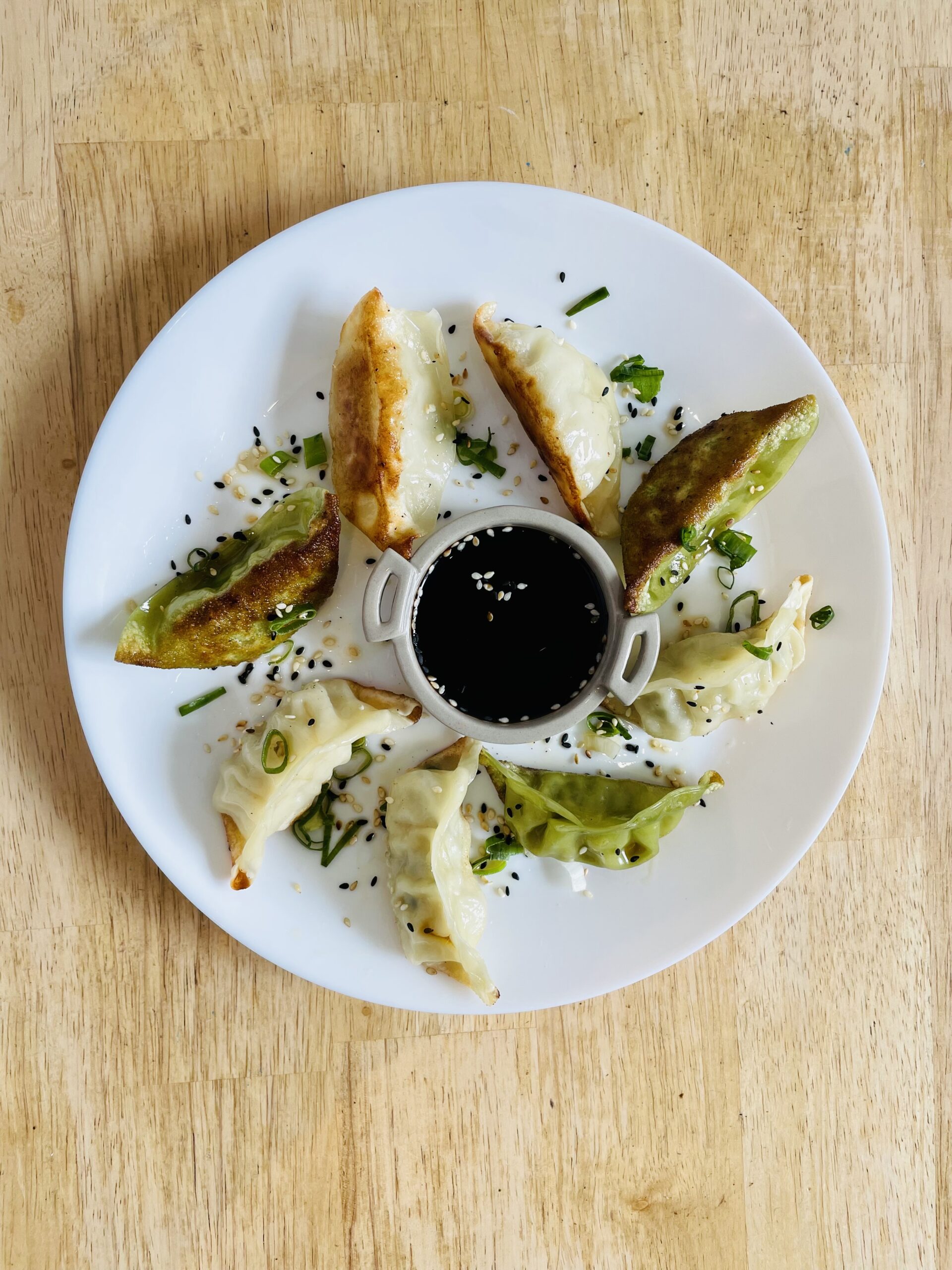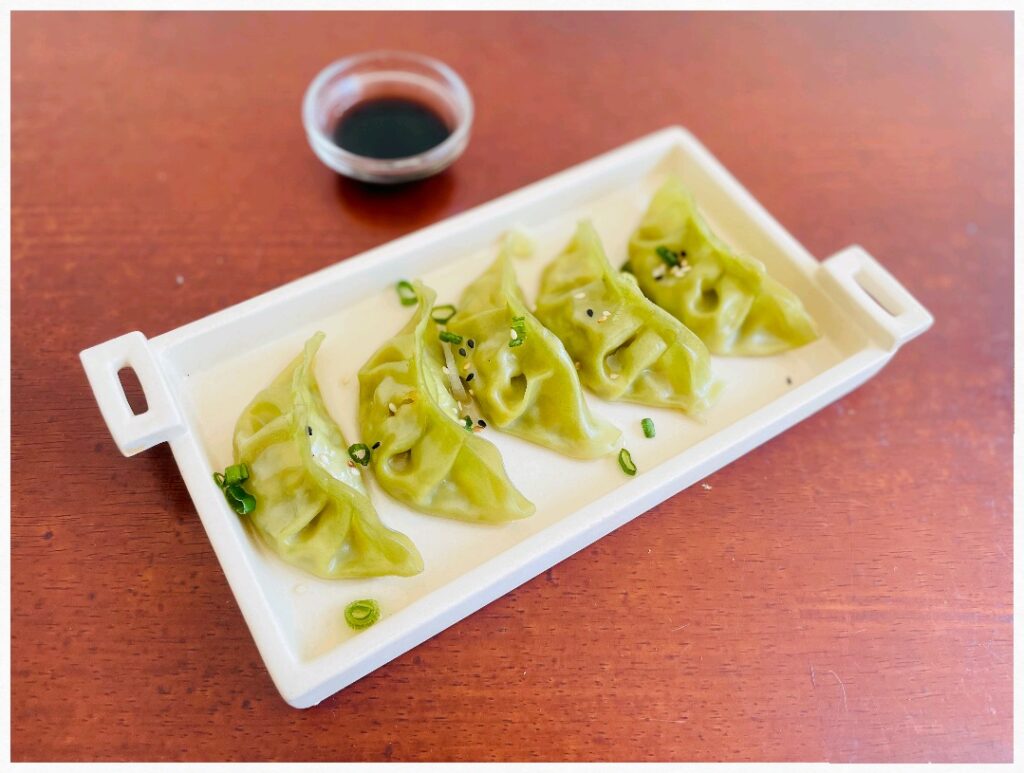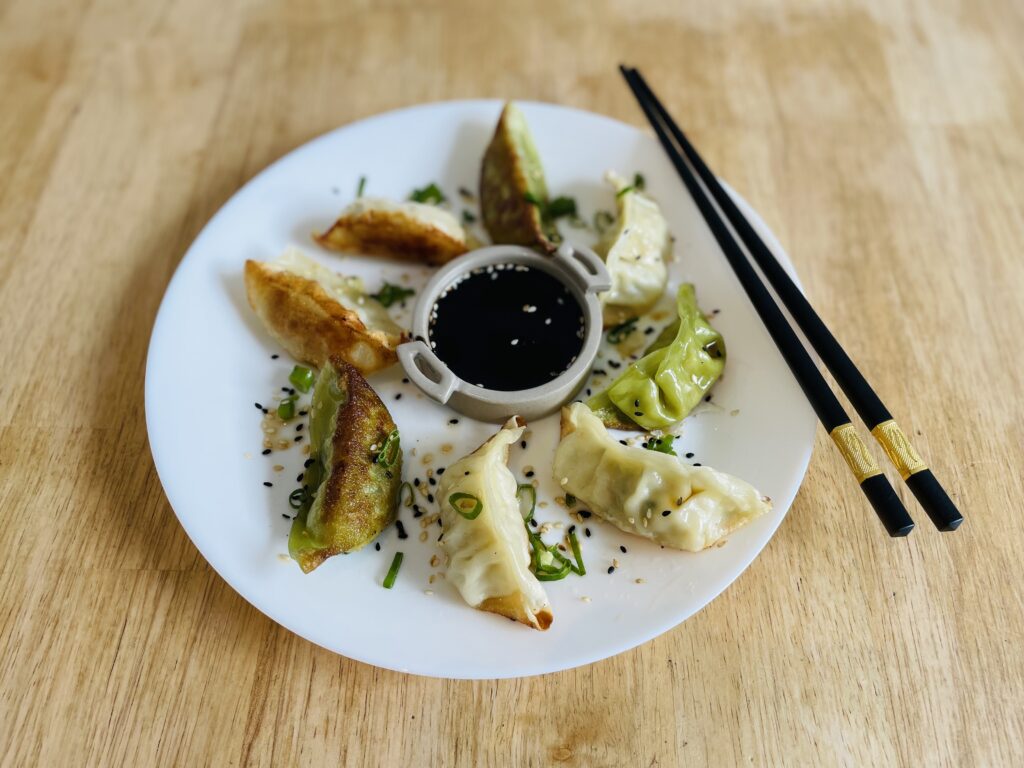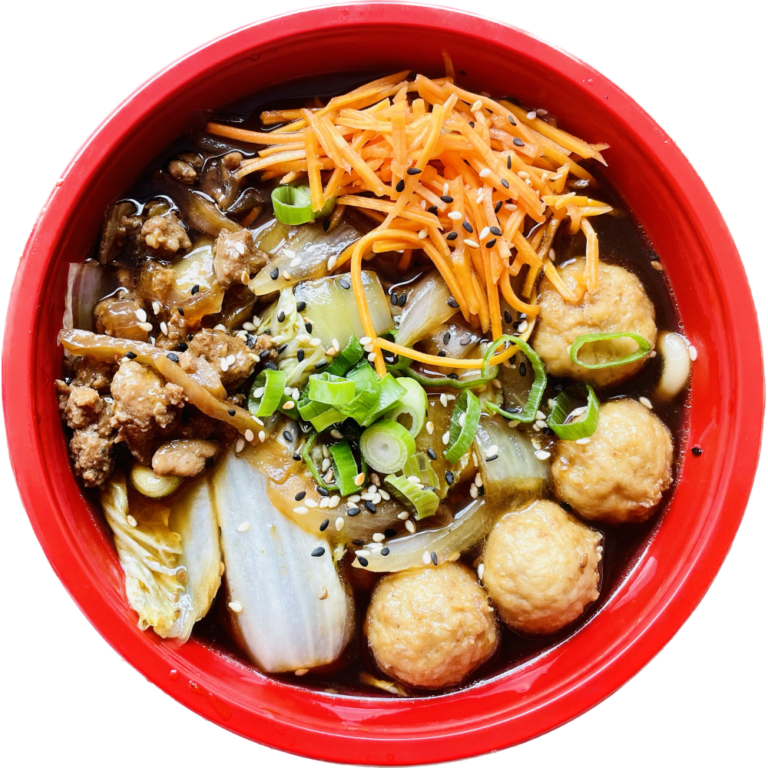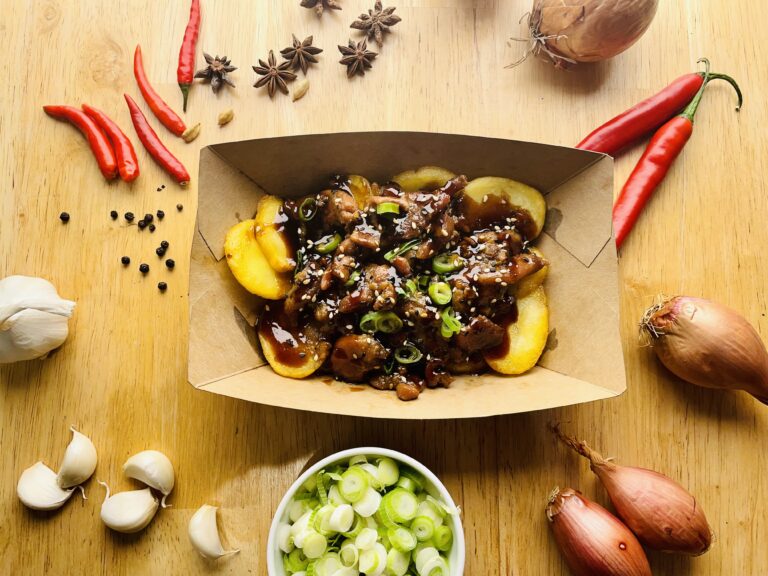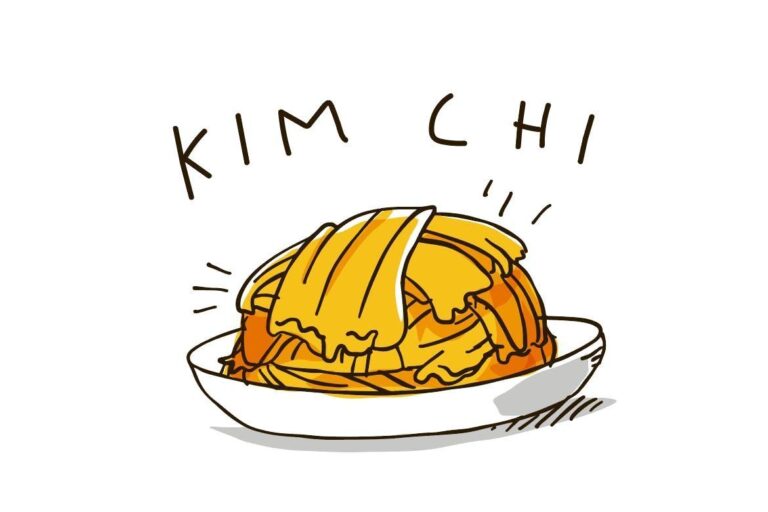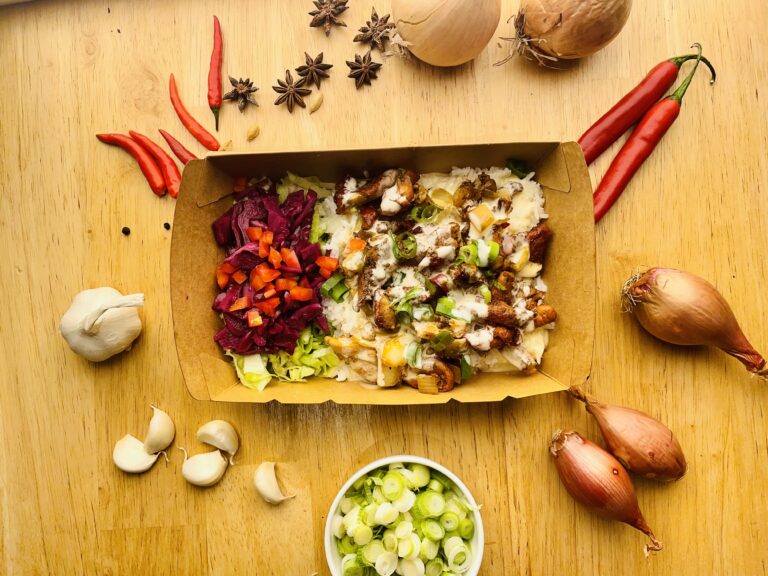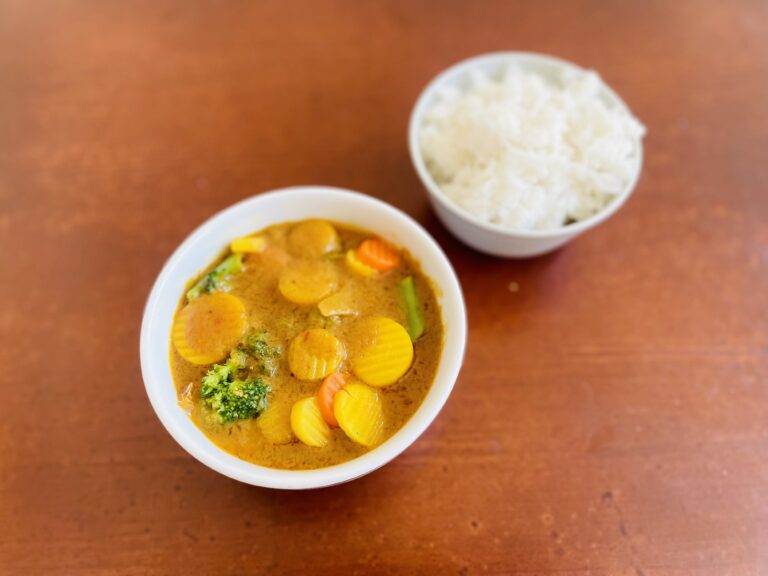When it comes to Asian cuisine, few dishes can match the delectable and satisfying experience of sinking your teeth into a perfectly cooked Japanese gyoza.
These crescent-shaped dumplings, often filled with a delectable mixture of ground meat, vegetables, and aromatic seasonings, have gained immense popularity both in Japan and around the world.
Origins of Gyoza
The origins of gyoza can be traced back to China, where they are known as jiaozi. However, it was in the early 20th century that gyoza made their way to Japan and underwent a transformation to suit local tastes. Today, gyoza has become an integral part of Japanese cuisine, commonly enjoyed as a side dish, appetizer, or even as a main course. They are often served at izakayas (Japanese gastropubs) and enjoyed with friends and family over lively conversations and a glass of sake or beer.
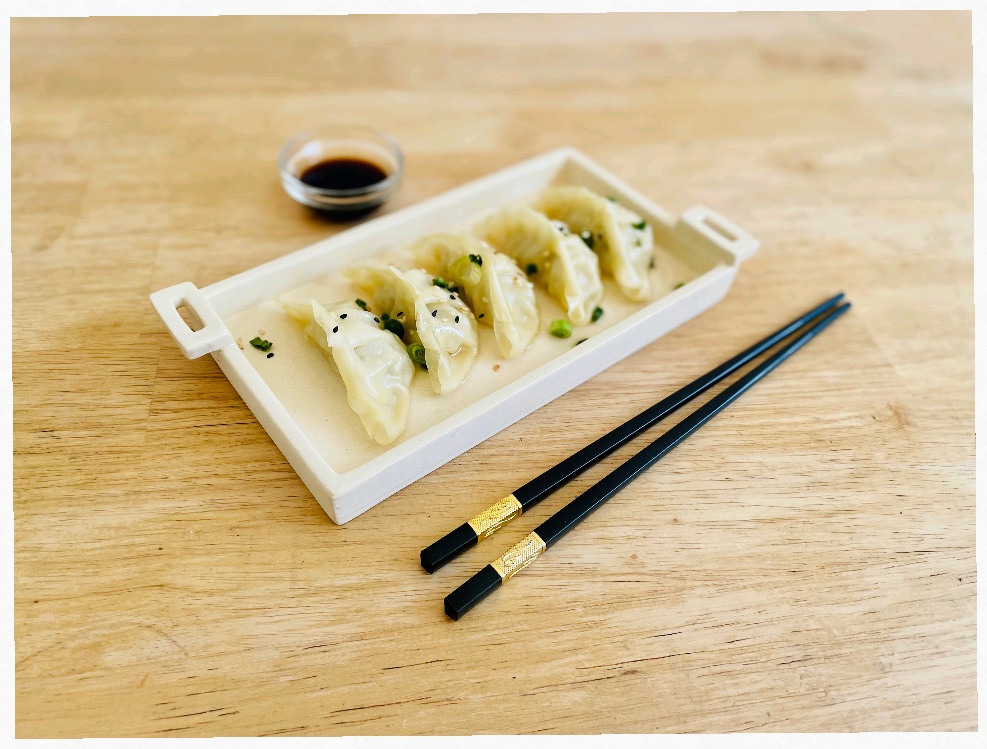
One of the most appealing aspects of gyoza is the endless variety of fillings available. Traditional gyoza fillings typically consist of ground pork, cabbage, garlic, ginger, and green onions, seasoned with soy sauce, sesame oil, and other flavorful condiments. However, modern variations have expanded the range of fillings to include chicken, beef, seafood, and even vegetarian options. Each variation provides a unique taste profile that caters to a diverse range of preferences.
Spread love everywhere you go. Don’t let a chance pass by without tasting a gyoza. 🙂
-Chef
The secret to achieving the perfect gyoza lies in the balance between the wrapper and the filling, as well as the cooking method employed. The wrappers, made from a simple mixture of flour and water, should be thin and delicate yet sturdy enough to hold the filling. Pleating the edges of the wrappers is an art form in itself, with skilled gyoza makers expertly creating intricate patterns to ensure a secure seal.
Gyoza can be cooked in multiple ways, with the most popular methods being pan-frying, steaming, or boiling. Pan-frying gyoza results in a crispy, golden brown bottom and a tender, juicy filling. Steamed gyoza are soft and delicate, while boiled gyoza have a comforting, home-cooked appeal. Whichever cooking method you choose, the end result is a mouthwatering delight that leaves you craving for more.
Japanese gyozas have undoubtedly captivated the hearts and taste buds of people worldwide, and it’s no surprise given their irresistible combination of flavors, textures, and cultural significance. Whether you’re enjoying them at a local Japanese restaurant, cooking them at home, or even exploring different regional variations, each bite of a gyoza promises a delightful burst of umami and satisfaction. So, next time you have the opportunity, make sure to indulge in these delectable dumplings and embark on a culinary adventure that will leave you craving for more.

